Ecology Review
1/72
Earn XP
Description and Tags
exam 4 review: population, growth, mark recapture, life tables, species interactions (intra- & interspecific), and predation.
Name | Mastery | Learn | Test | Matching | Spaced |
|---|
No study sessions yet.
73 Terms
Population
a group of individuals of the same species that inhabit a given area and have a potential for interbreeding.
Population density
the distribution, spacing and proportional patterns of a population, along with its birth and death rates.
Immigration
the movement of an organism into a new area.
Emigration
the movement of an organism leaving its previously occupied area.
Unitary organism
an organism composed of a single functional entity, like mammals and birds.
Modular organism
an organism composed of many attached units of organisms, which may be cloned asexually, like in plants, fungi, bacteria, and sponges.
Distribution limits/factors
environmental conditions that limit a population’s distribution. May be geographical, climate, resources, diet, behavioral, or due to competition.
Subpopulation
a smaller, divided same specie population within a metapopulation.
Metapopulation
an accumulation of same specie subpopulations within a larger ecosystem or area.
Random dispersion
least common pattern of the three.
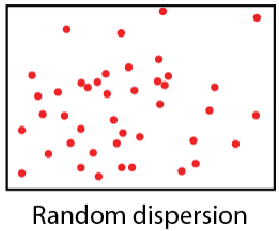
Uniform dispersion
seen in pack or territorial animals, as well as in grasses that grow allelopathically.
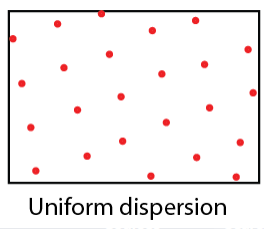
Clumped dispersion
seen in herd animals that stay together or plants that prefer to grow alongside another specie.
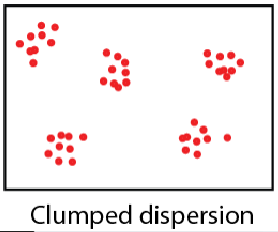
Allelopathy
the chemical process in plants that release compounds into the soil/air to inhibit the growth of nearby plants.
Mark Recapture
the process of trapping, marking, and releasing individuals to count population and sampling. Can be physical or visual by counting them.
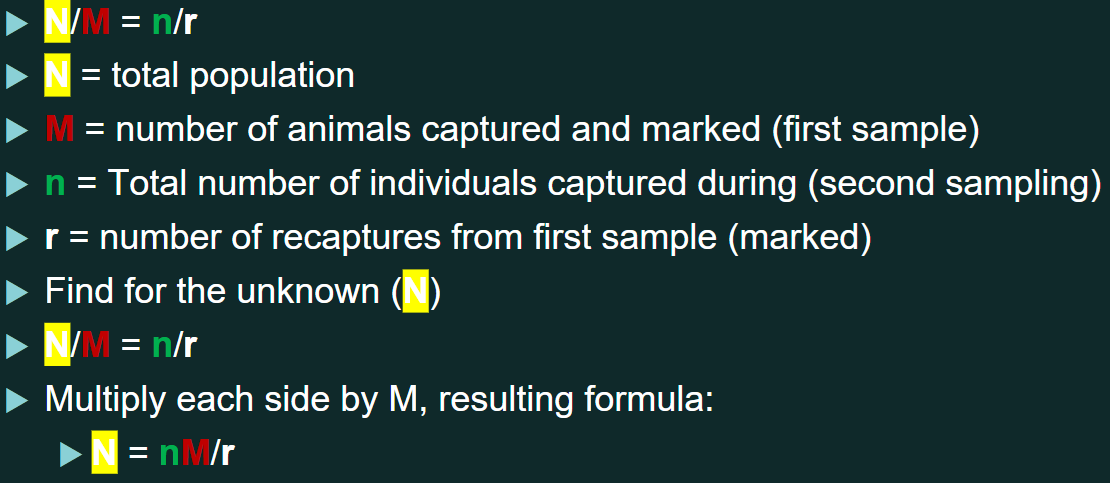
Trap happy
individuals that have been previously caught and marked but return to trap sites for the food despite capture. Can lead to population overestimation.
Trap shy
individuals that have been previously caught and marked but do not return to trap sites due to disliking being caught. Can lead to population underestimation.
Invasive species
a non native organism living in an area that often causes harm to the ecosystem, like lionfish and house sparrows. Caused by human assisted dispersion.
Abundance indices
the sampling of a population by counting their “signals” in the area, such as nests, vocalizations, tracks, roadkill, fur/feathers, or scat.
Age pyramid
a graphical illustration of the distribution of a population in an area by age groups/cohorts and sex.
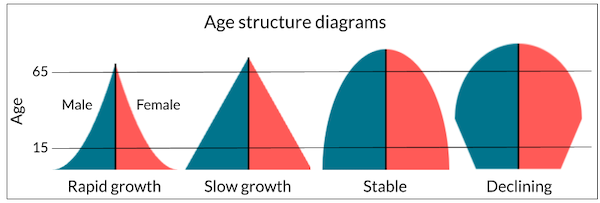
Survivorship curves
a graph that measures the proportion of individuals in a given species that are alive at different ages. The curves are either I, II, or III.
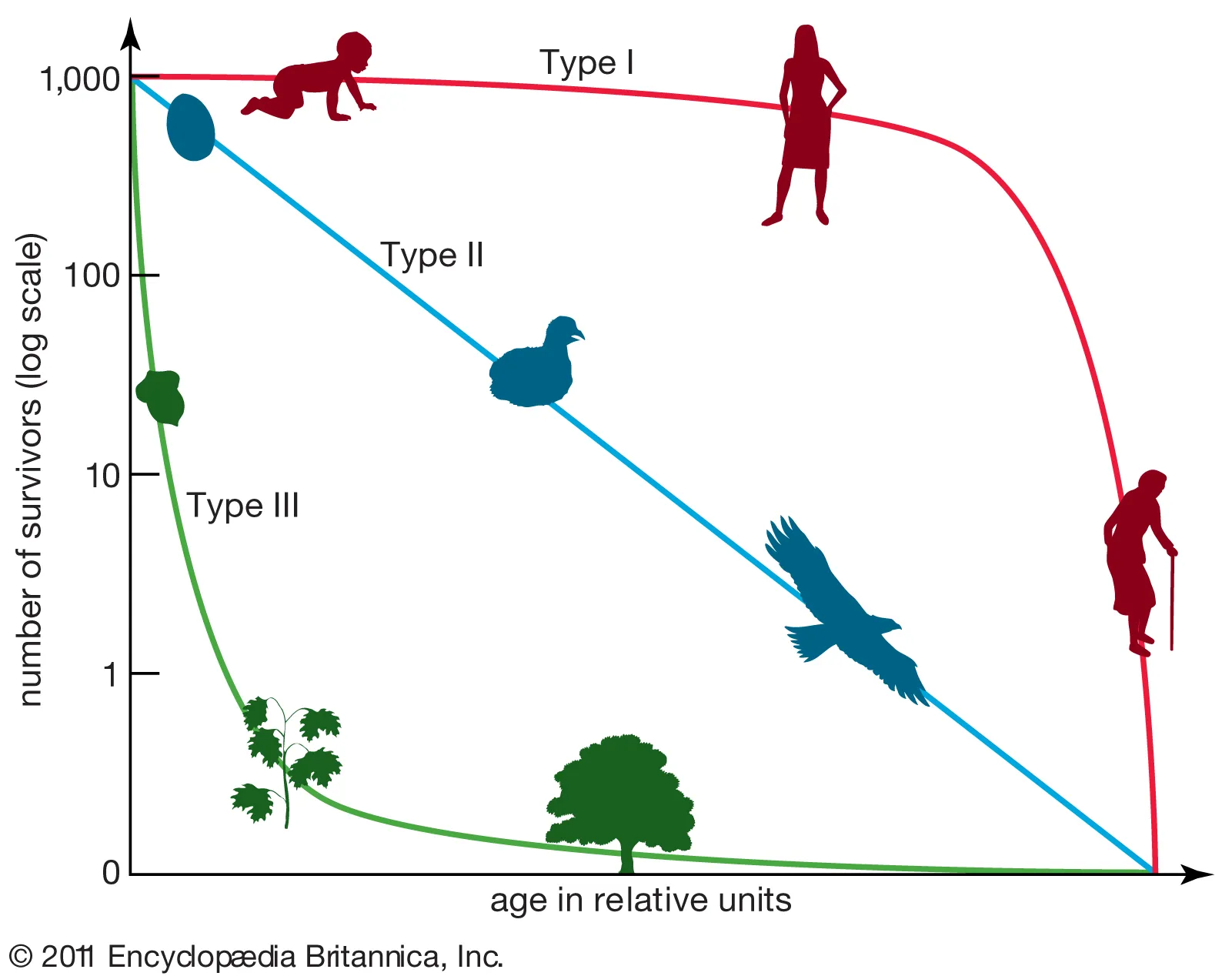
Exponential growth
a model for population growth that assumes unlimited resources. A population's per capita growth rate stays the same, regardless of population size. This makes the population grow faster as it gets larger.
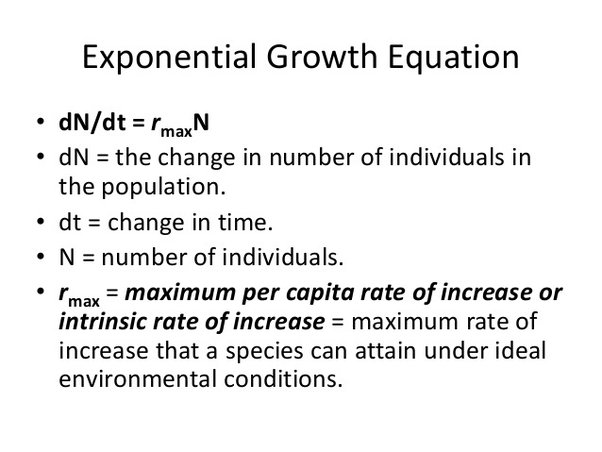
Growth rates
r=0 means the population is not being changed/is maintained.
r>0 means the population is increasing exponentially.
r<0 means the population is decreasing exponentially.
Life tables
they record the survival and reproductive rates of a population, broken out by age, size, or developmental stage and measure mortality, survivorship, and the life expectancy of a population. They summarize the likelihood that organisms in a population will live, die, or reproduce at different stages of their lives.
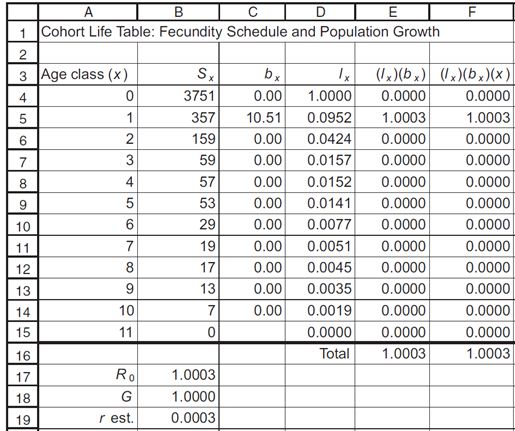
Fecundity table rates
R0=1 means the females are replacing themselves in the population
R0<1 means females aren’t replacing themselves
R0>1 means females are replacing themselves more than once
Demographic stochasticity
randomized variations between births and deaths that deviate population growth models. Caused by natural disasters like wildfire, or by diseases.
Environmental stochasticity
deviation of growth models caused by changes in the population environment, such as the spread of DDT causing bird die offs.
Extinction causes
can range from extreme environmental changes, resource shortage, diseases, habitat loss/fracture, introduction of an invasive/novel predator, competitor, or parasite.
K=carrying capacity
the number of organisms that an environment can support indefinitely and a reflection of the resources and space available in a habitat.
Intraspecific competition
when members of the same species compete for limited resources, such as food, water, space, or mates, like rutting or bird displays. This interaction can be direct or indirect.
Interspecific competition
when individuals of different species compete for the same resources in an ecosystem, like food and water.
Exploitation
form of indirect competition when organisms use a shared resource like food or water.
Interference
form of direct competition when organisms actively fight each other for shared scarce resources.
Density dependent factors
includes disease, migration, competition, and predation. Can have a positive/negative correlation with population growth, but limits growth as population increases.
Density independent factors
includes natural disasters, climate, food or water limitation, and human activity. They are limiting factors and affect all species populations in the same ecosystem, regardless of population size.
Neutralism
two species that interact but do not affect each other.
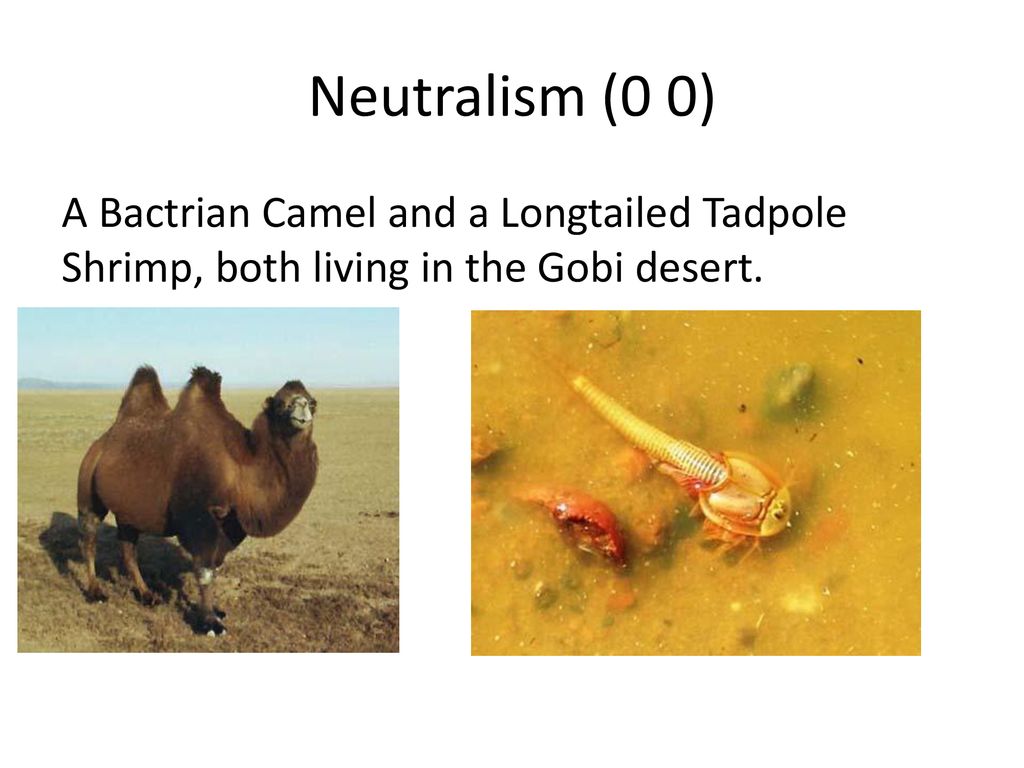
Mutualism
two or more species benefit from each other. Also called symbiosis.
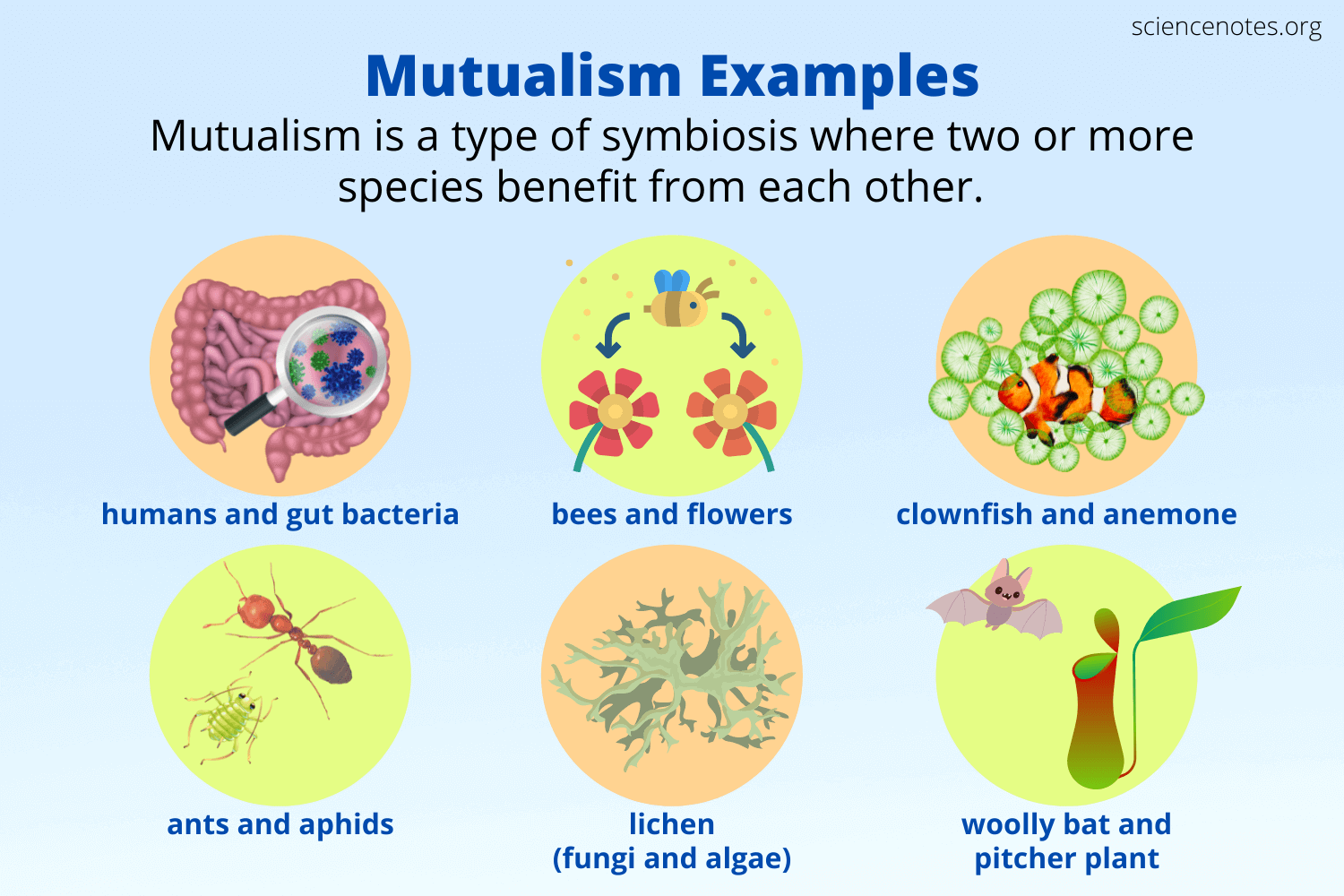
Commensalism
one species (the commensal) benefits from another species (the host) without causing harm to the host. The commensal may receive food, water, shelter, or transportation from the host.
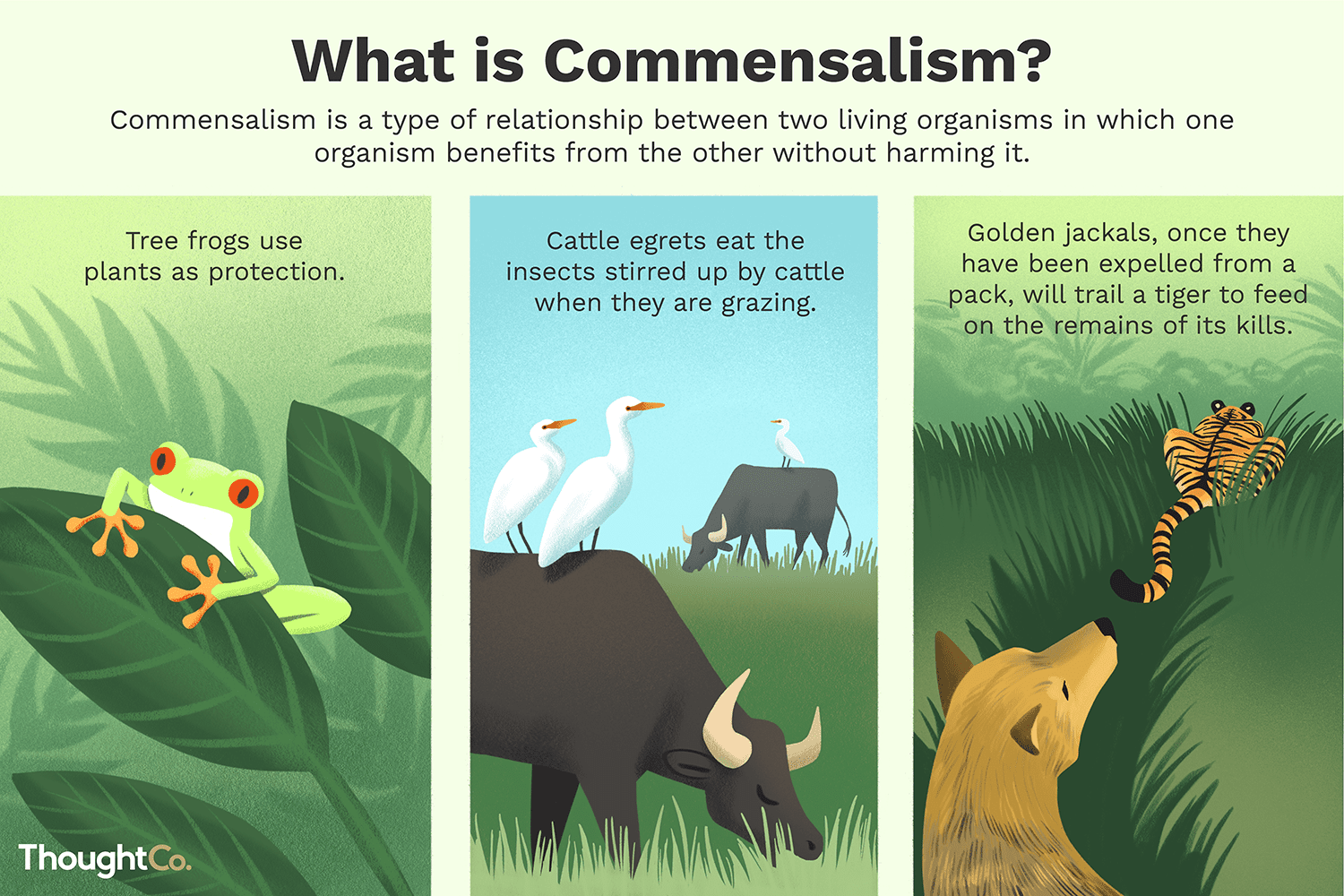
Competition
interaction between organisms that involves the use of the same resource that is in limited supply. Can be direct or indirect, and can occur between members of the same species (intraspecific competition) or between different species (interspecific competition)

Ammensalism
two species where one is harmed or destroyed, while the other is unaffected
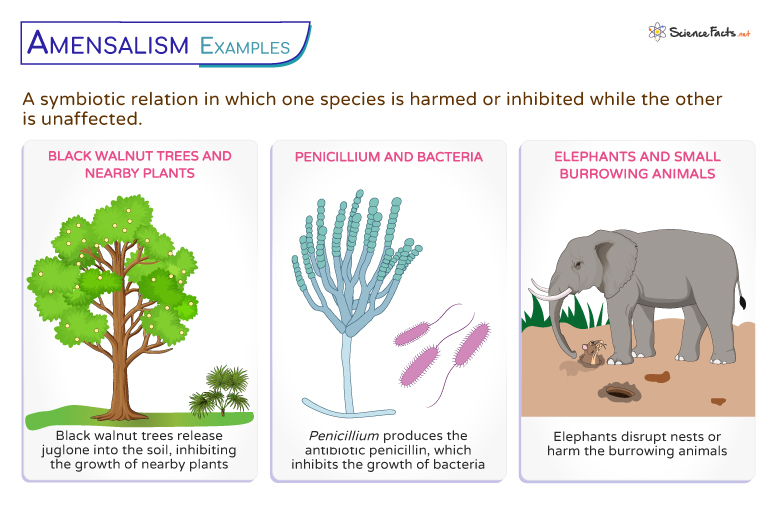
Predation
one organism, the predator, kills and eats another organism, its prey. They regulate prey via mortality while prey availability regulates them.
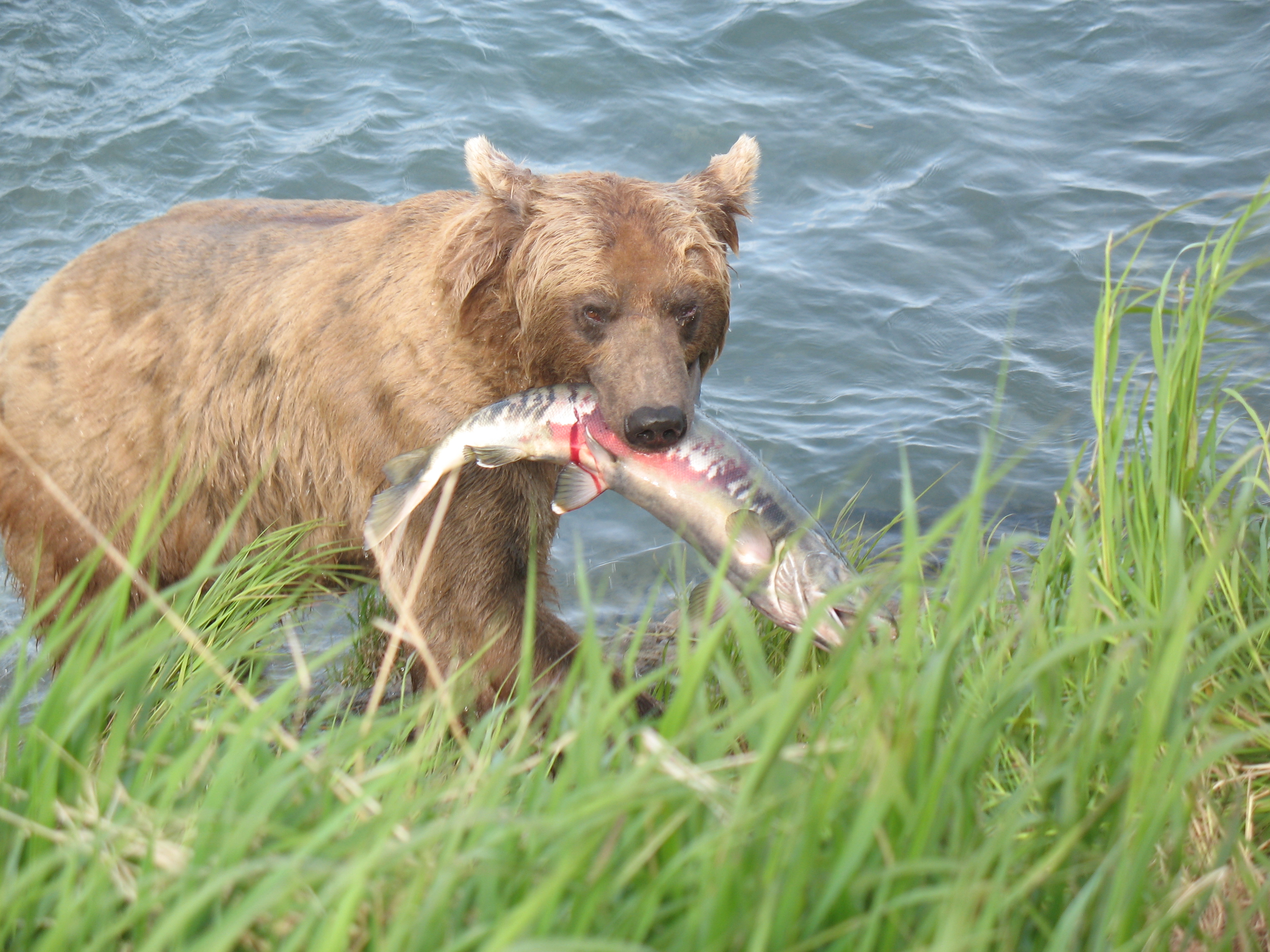
Parasitism
two organisms where one benefits at the expense of the other, usually harming the host in some way. The organism benefitting is called the parasite, and the organism that is harmed is called the host.
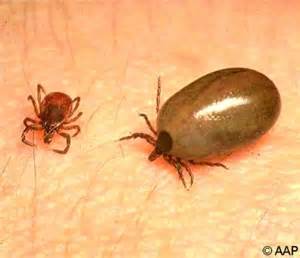
Parasitoidism
an organism that has young that develop on/ within another organism (the host), eventually killing it.
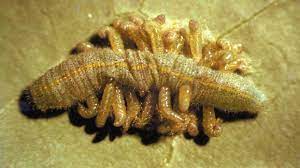
Coevolution
two or more species affect each other's evolution through natural selection. Also refers to two traits in the same species affecting each other's evolution. Likely to happen when different species have close interactions with one another, such as predator/prey.
Diffuse interactions
interactions between two species whose interactions or evolutionary responses differ depending on a third species. One example is diffuse competition, which occurs when two prey species share a predator, and one of the two is more susceptible to the predator.
Ecological niche
a species' position and role in its ecosystem. It describes the conditions and resources a species needs to survive and reproduce.
Fundamental niche
the set of conditions that allow a species to survive and reproduce. It's a theoretical model that doesn't consider competition, predation, disease, or environmental limitations.
Realized niche
the set of conditions and resources that a species actually uses, considering interactions with other species. It's the actual space a species occupies in the real world, including competition, nutrient availability, and environmental stressors.
Niche differentiation
a process that allows competing species to coexist by utilizing the environment differently. It's also known as resource partitioning.
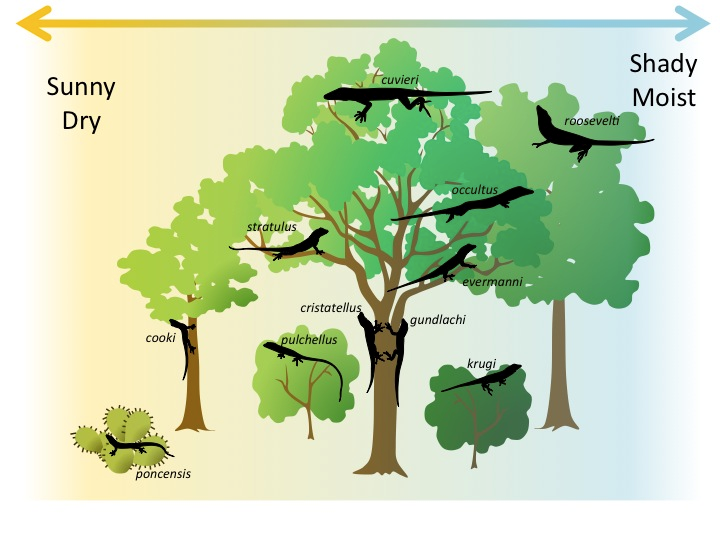
Adaptive radiation
a process in evolutionary biology where an organism diversifies from a single ancestor into many new forms, with each new species exhibiting different traits. Driven by adaptation to new ecological changes, such as new resources or niches being available.
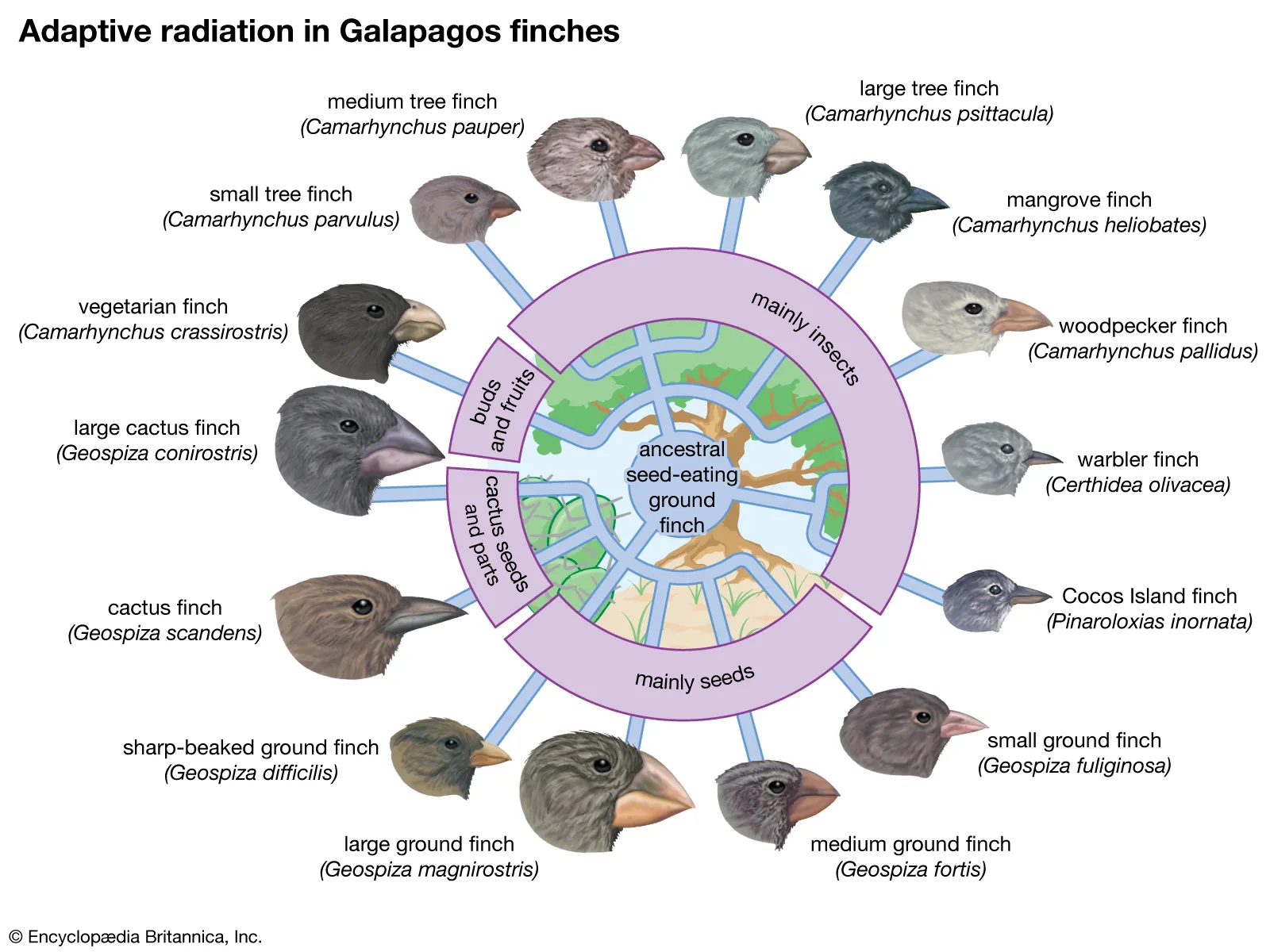
Speciation
evolutionary process that leads to the formation of new species. When a group within a species separates from the rest and develops unique characteristics based upon a new environment.
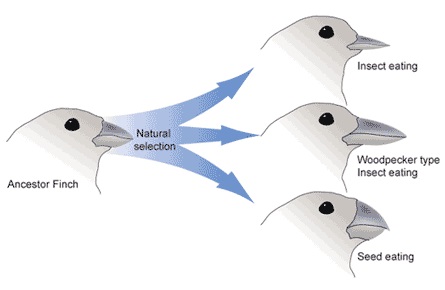
Logistic growth
population growth model that accounts limited resources. Assumes that every individual in a population has equal access to resources and survival. The growth rate of a population decreases as it approaches carrying capacity.
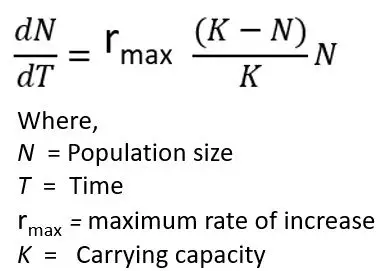
Competitive exclusion principle
states that if two species live on a single resource, the one with a slight advantage will out-compete the other. Complete competitors cannot coexist. If no extinction occurs, it is due to evolutionary adaptation to slightly different niches in the two. Lotka & Volterra. 3 of 4 outcomes results in eventual extinction if they cannot coexist.
Limiting factors
anything that limits a population's size and slows or stops it from growing. Some examples are biotic, like food, mates, and competition with other organisms for resources.
Competitive release
limits the ability of competitors to exclude a species. It occurs when one of two species competing for the same resource disappears. This allows the remaining competitor to use the resource more fully than it could when the first species was present.
Oscillations
repeating rises and drops in the size of a population over time. Can be caused by interactions between populations of at least two different species, such as predation, parasite infection, and fluctuation in food.
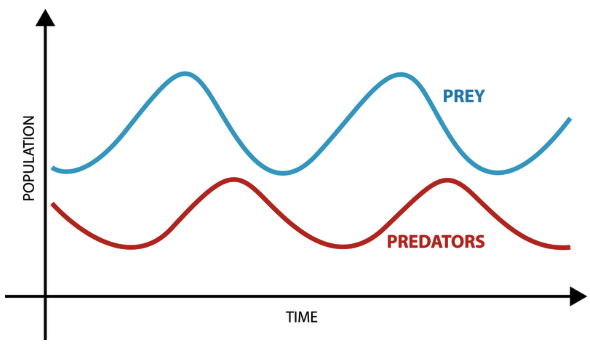
Functional response
the relationship between the rate at which a consumer consumes food and the density of that food. It's also the number of prey a predator successfully attacks per unit of time. Type I, II, & III.
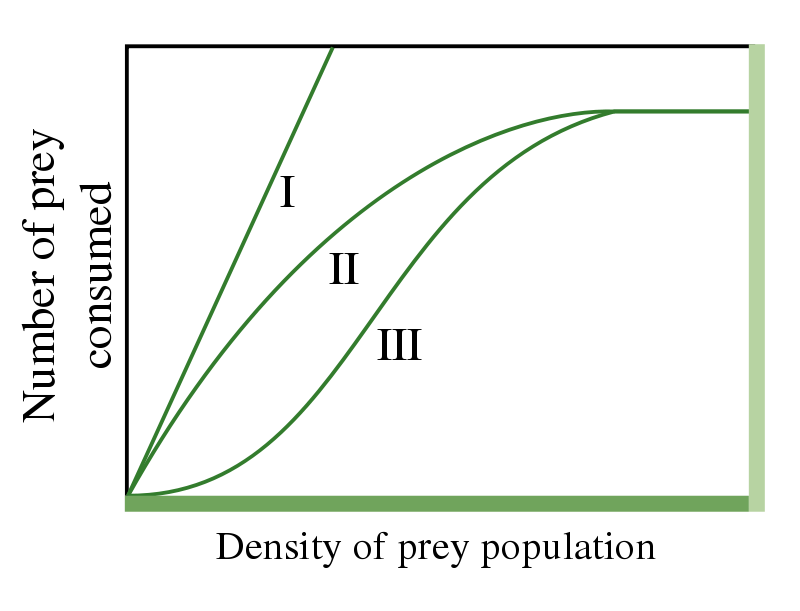
Numerical response
the change in a predator's reproductive output in response to changes in prey density. It's also defined as the predator growth rate as a function of prey density.
Optimal foraging theory
assumes that natural selection has resulted in foraging behavior that maximizes fitness, while accounting for the dependence of energy intake rate on the forager's ability to detect, capture, and consume individual prey.
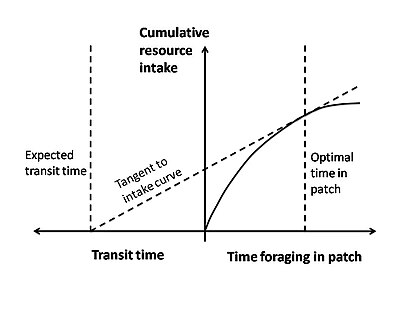
Red Queen hypothesis
a coevolutionary hypothesis that describes how species can evolve in response to each other. The hypothesis states that species must constantly evolve to keep up with their enemies in the fight for resources.
Chemical defense
avoid predation by producing toxic or repellent chemicals, or by using chemical warnings to encourage defensive behaviors. This strategy is used by many organisms, including plants, fungi, bacteria, and animals.
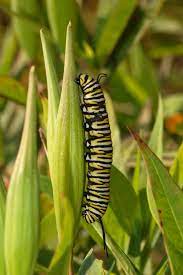
Cryptic coloration
a defense mechanism that uses color patterns to help organisms blend in with their surroundings/camouflage.
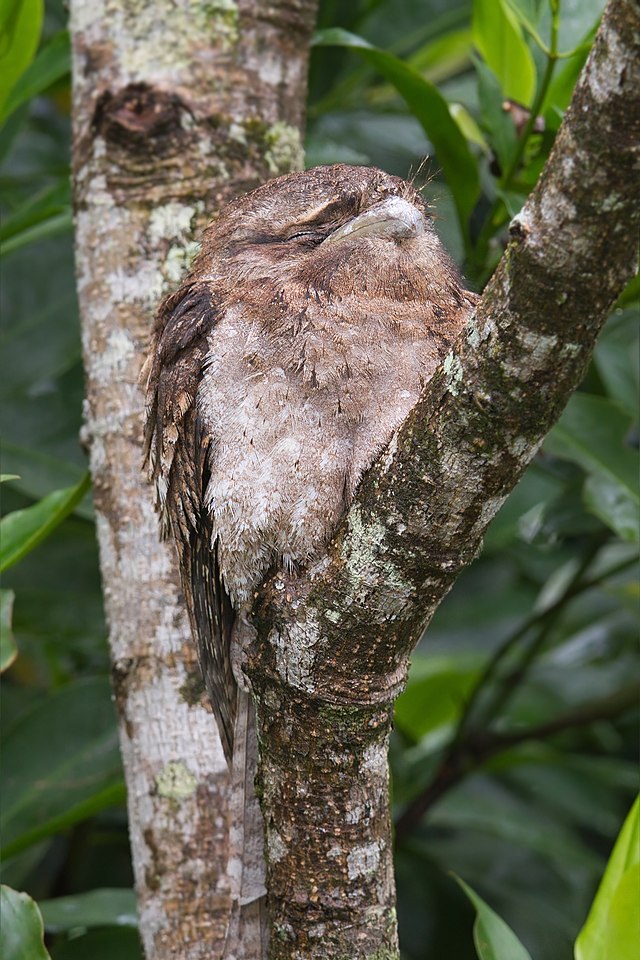
Warning coloration
a defense mechanism used by animals to warn predators that they are undesirable prey. Usually bright and distinctive, and can involve contrasting patterns.

Protective armor
a rigid cuticle or exoskeleton that protects animals from predators. It's usually formed through the thickening and hardening of superficial tissues.
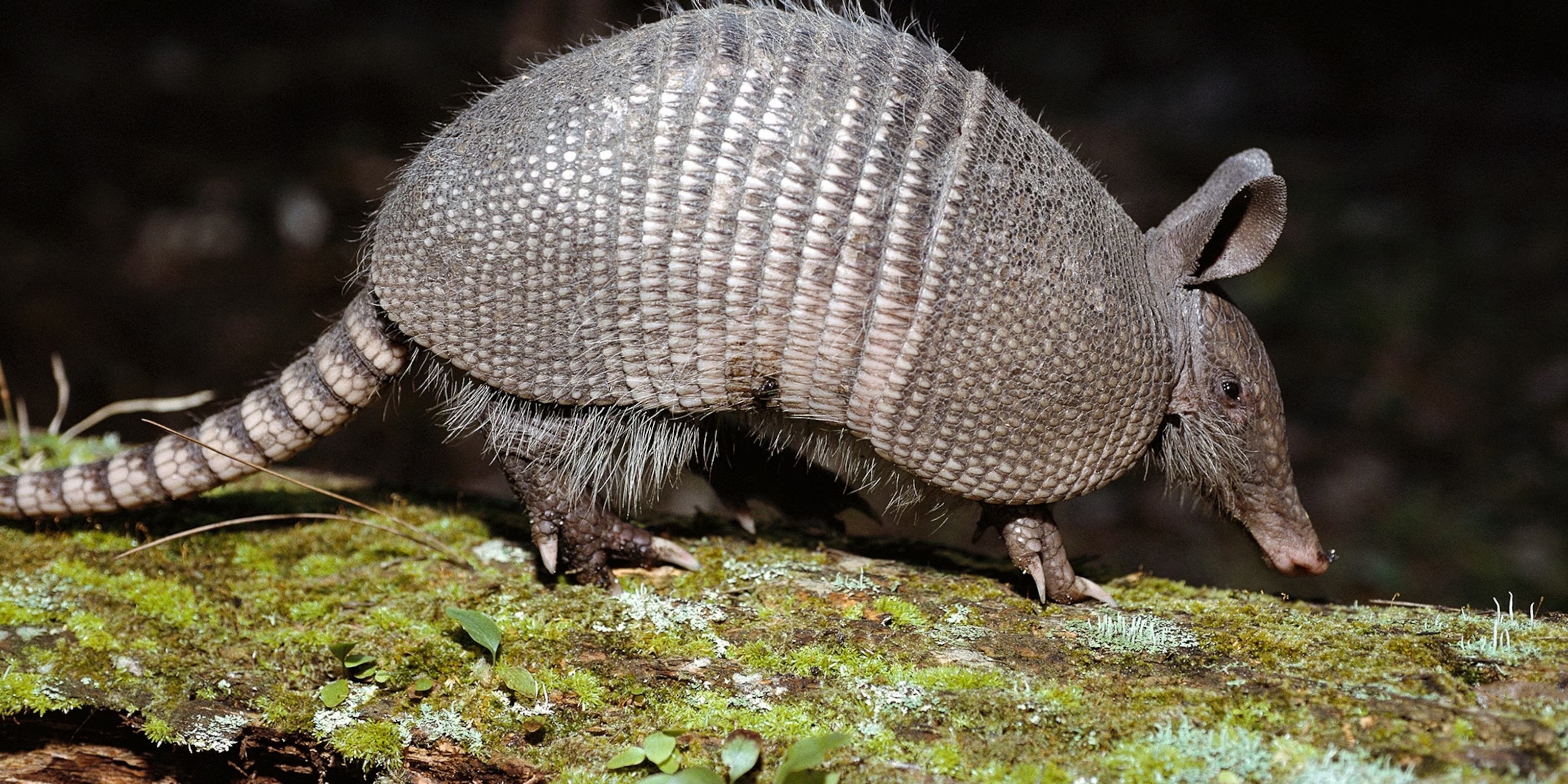
Behavioral defense
a group of evolved responses that animals use to protect themselves from perceived threats such as freezing, flight, alarm calls, distraction displays, hiding, or defensive aggression.
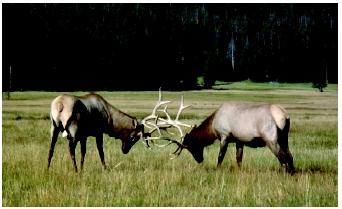
Batesian mimicry
a type of mimicry where a more consumed species evolves to look like a harmful or protected species. This resemblance makes the species less likely to be preyed upon.
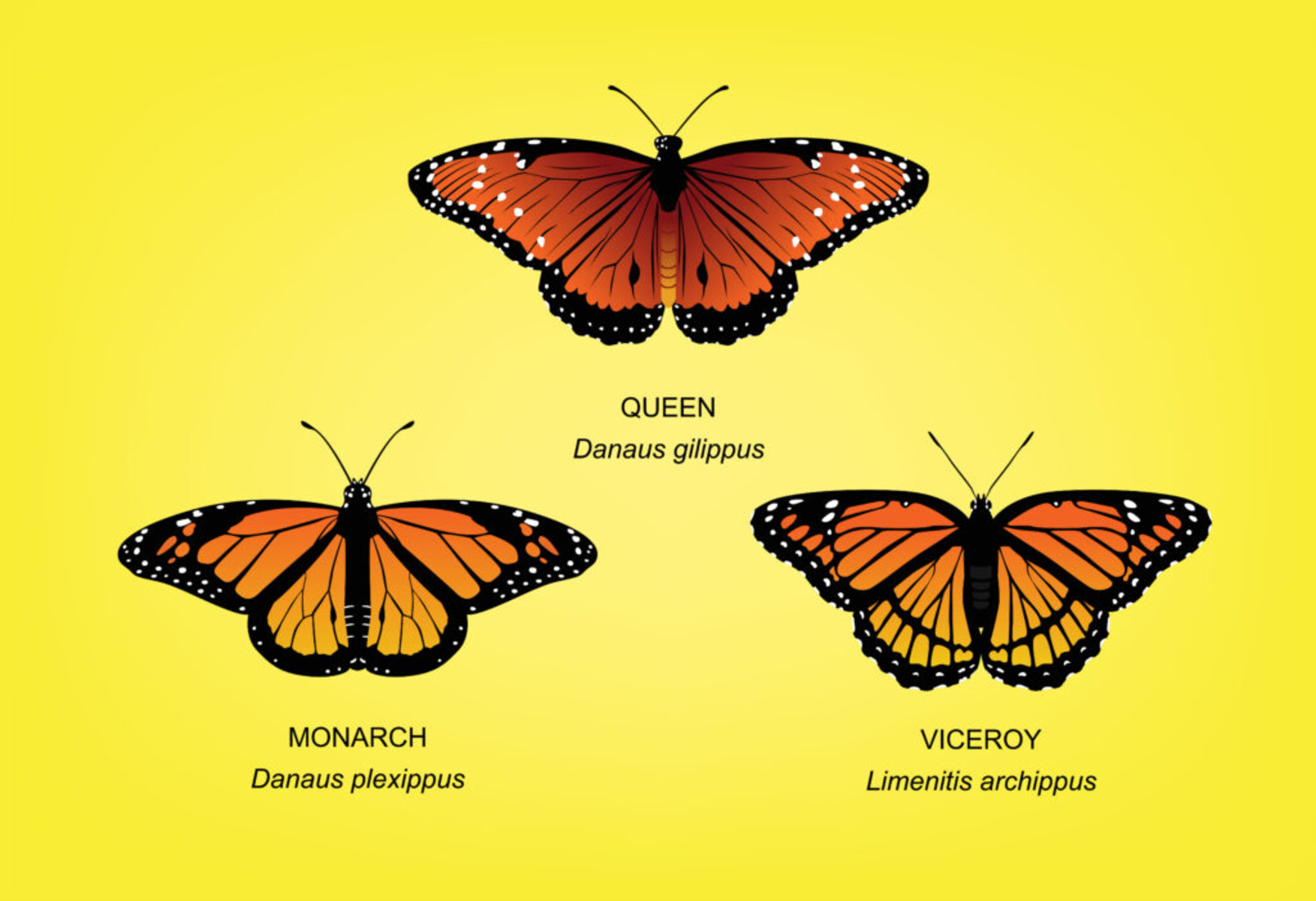
Mullerian mimicry
a defensive strategy where two or more species with effective defenses share a similar appearance or signaling. This sharing reduces the cost of associative learning and promotes the evolution of enemies refraining from attacking.
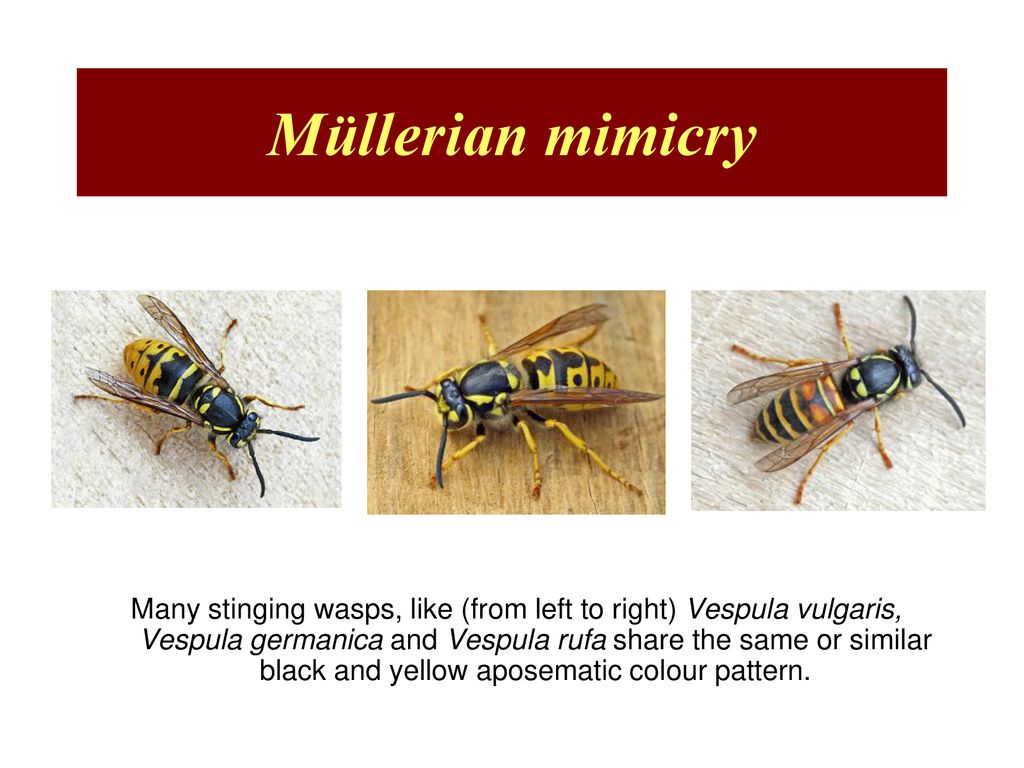
Constitutive defense
defense mechanisms that are always present in a plant, regardless of the presence of herbivores. These defenses are constantly activated, but not always needed.
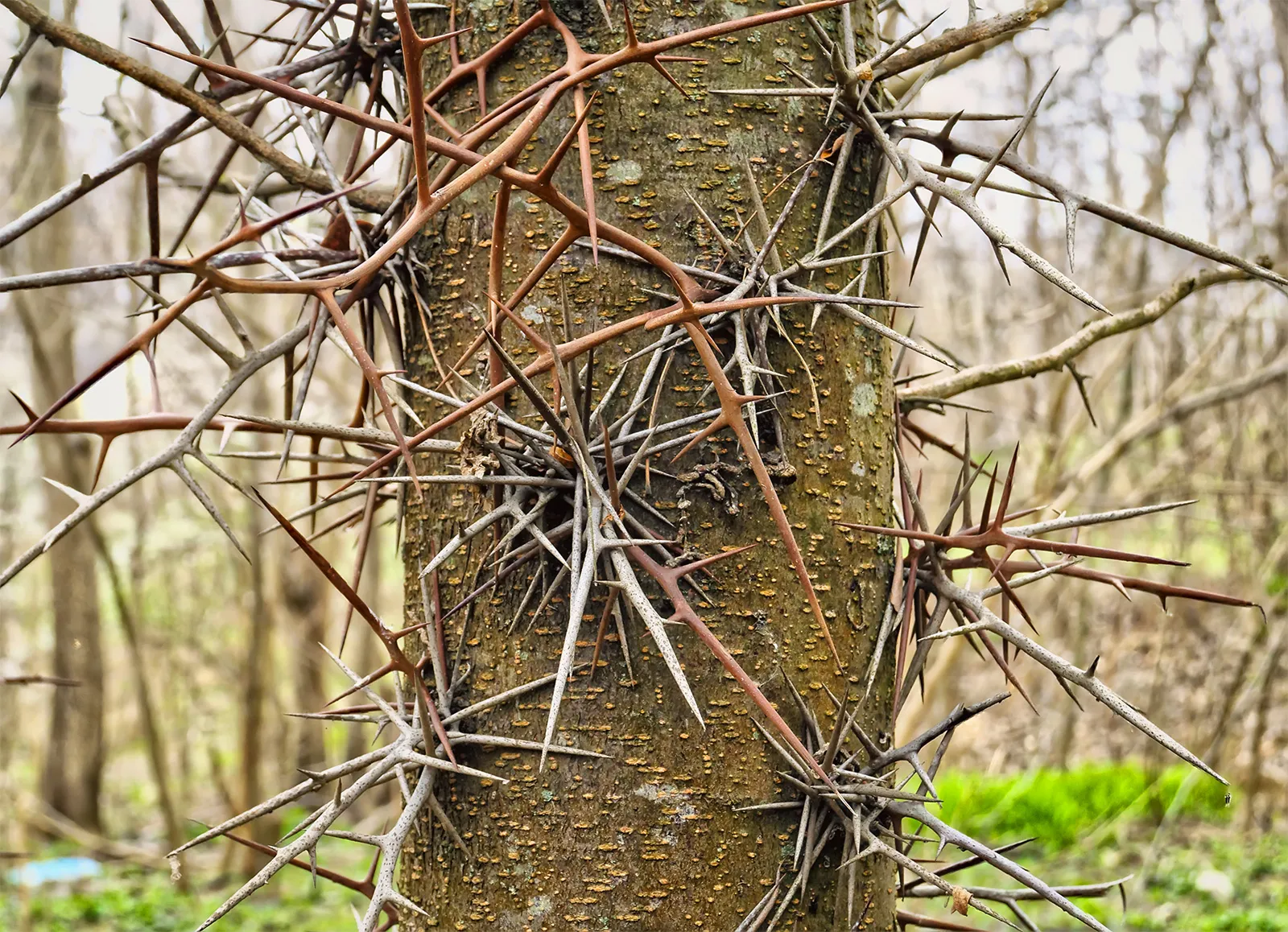
Induced defense
responses that are activated after an encounter with a competitor or consumer. These defenses provide some resistance to subsequent attacks.
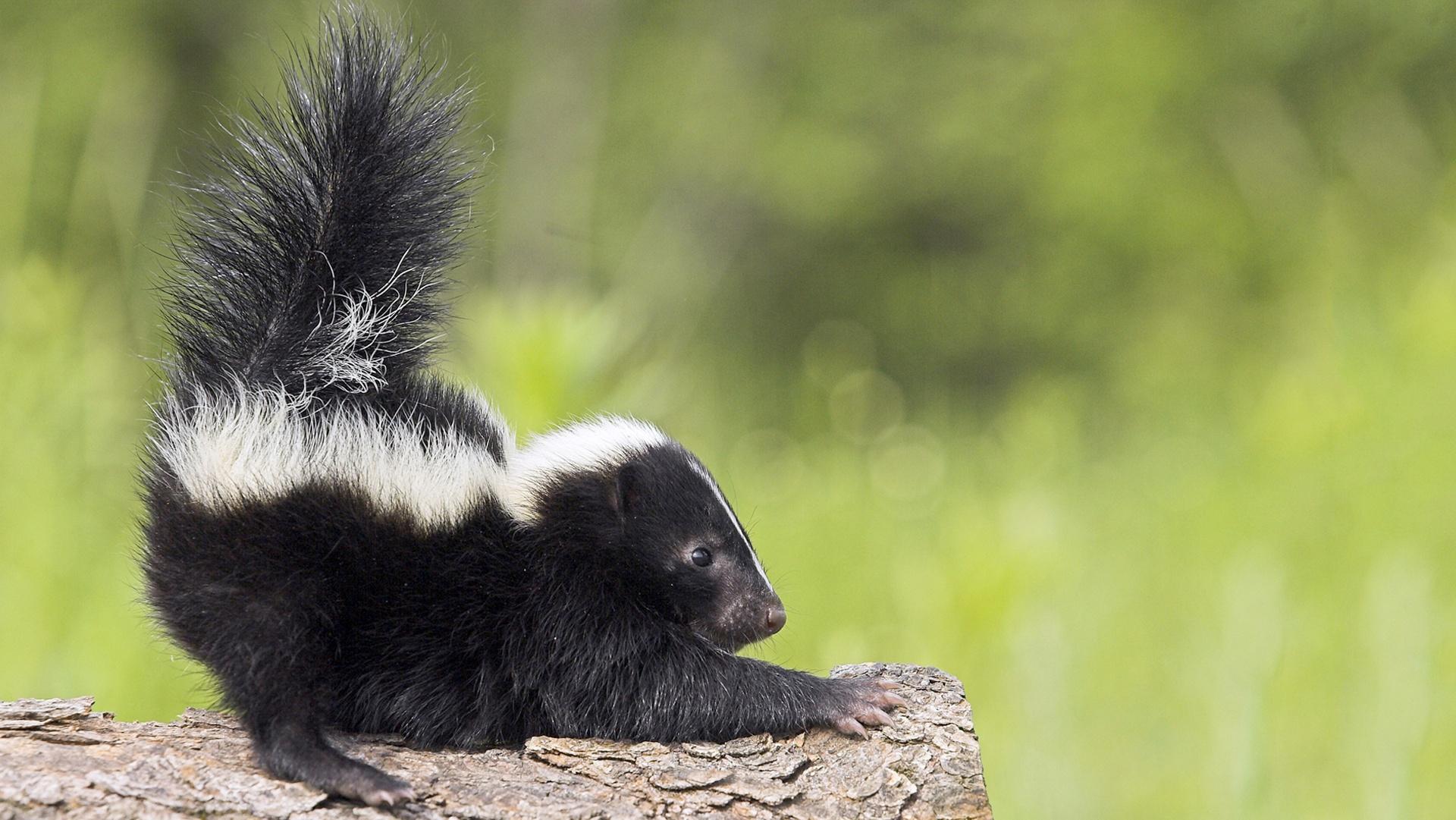
Ambush hunting
a less effective hunting method where a predator hides and waits for prey to come close before attacking, usually they are lured in.
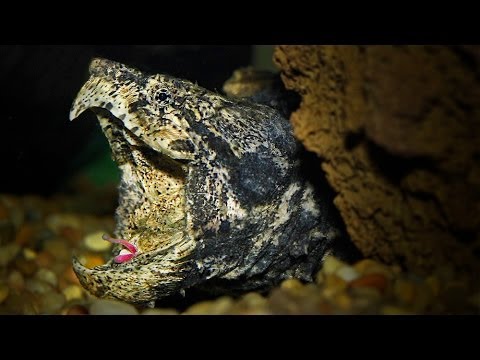
Stalking
when an animal follows its prey stealthily until it's time to pounce. Greater search time but less pursuit.
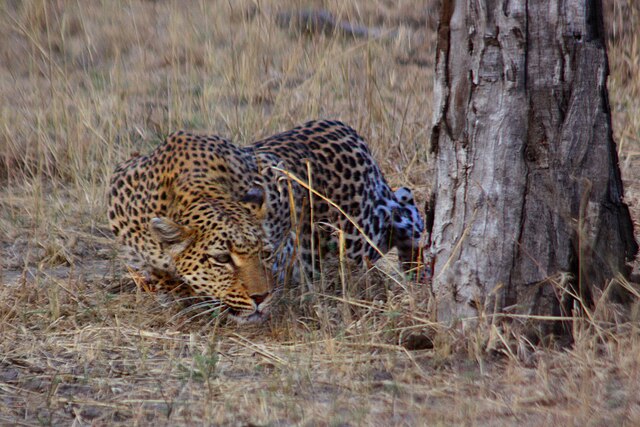
Pursuit hunting
form of predation in which predators actively give chase to their prey, either solitarily or as a group. Less search time but longer pursuit time.
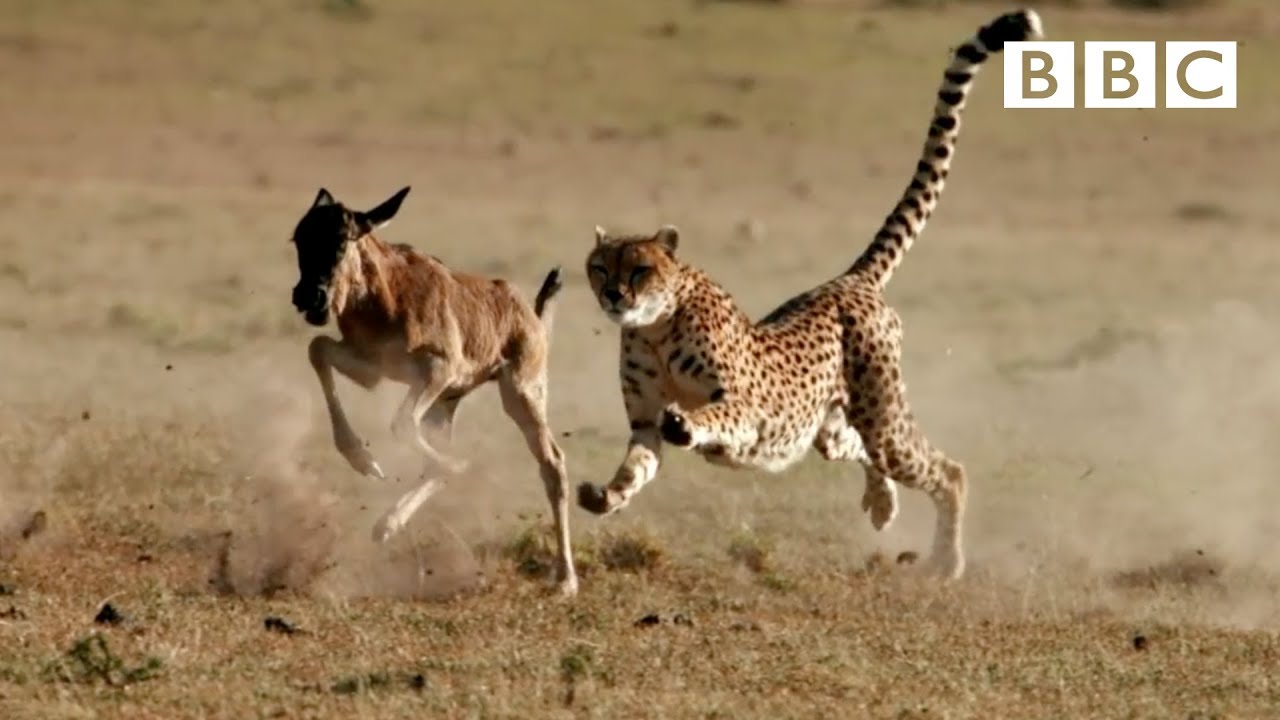
Herbivory
the act of an animal eating plants
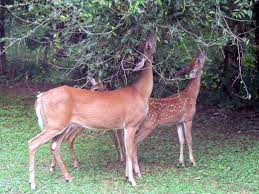
Qualitative inhibitors
used by plants to combat herbivory. Includes chemical defenses such as the plant tissue production of cyanide and other compounds/ VOC=volatile organic chemicals.